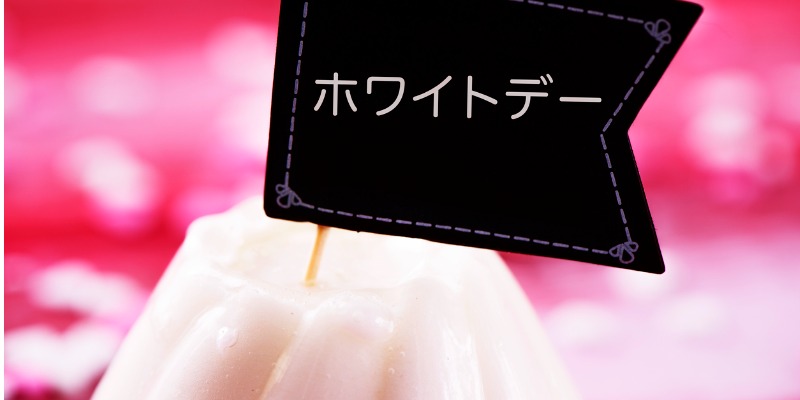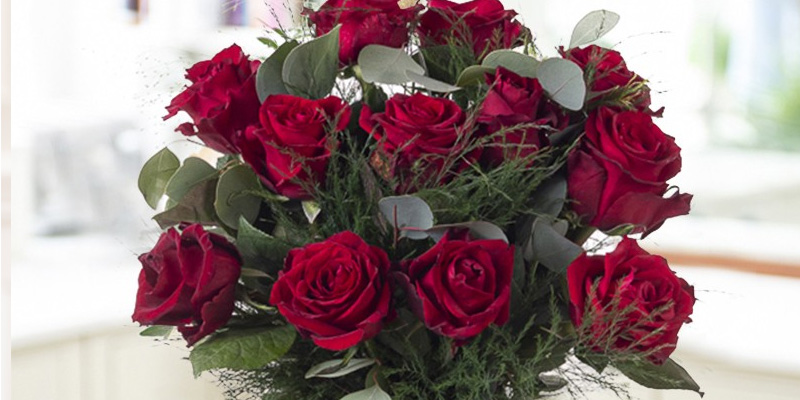Valentine’s Day may call for soppy cards, red roses and heart-shaped boxes of chocolates in England, but the day of love is celebrated in myriad other ways around the world, from the romantic and reverential to the colourful and crazy.
Ireland
Those hoping to find lasting love make a Christian pilgrimage to the Shrine of St Valentine, in Dublin’s Whitefriar Street Carmelite Church, on Valentine’s Day. There, they pray and write their romantic requests into a dedicated book. Let’s hope their wishes come true this year!
Wales
Instead of Valentine’s Day, the Welsh celebrate St Dwynwen’s Day on 25 January. St Dwynwen was a 4th century princess who lived in the Brecon Beacons National Park and is now the country’s patron saint of lovers. Perpetually unlucky in love, she became a nun and prayed for other lovers to enjoy greater romantic success.
On her feast day, Welsh men give women hand-carved wooden spoons in a nod to the tradition of Welsh sailors carving designs into the utensils while at sea before bringing them home for their lovers.

France
Sadly, the best French Valentine’s Day tradition became so chaotic that the government had to ban it. But back in the days of old, the ‘loterie d’amour’, or ‘drawing for love’, involved men and women filling facing houses before calling out to each other and pairing off. If a man wasn’t happy with their match, they could simply swap one woman for another. Those women left unmatched by the end of the event would light a bonfire and burn pictures of the men who spurned them, all while hurling misandric insults. Revenge is sweet, they say.
Guatemala
Over in Guatemala, friends and family get more of a look in, with Valentine’s Day known as El Dia del Carino (Day of Affection). Head to Guatemala City and you’ll find revellers dressed in Mayan-style clothing, wearing colourful feathered masks and dancing through the streets.
El Salvador
Every 14 February, the people of El Salvador play a game called Amigo Secreto (Secret Friend). This is similar to our Christmas tradition of Secret Santa, in which you pick a friend’s name out of a hat and buy them a small gift. Amigo Secreto is also popular in Colombia and the Dominican Republic.
Brazil
Brazilians celebrate Dia dos Namorados (Lovers’ Day) on 12 June instead, as this is the day before St Anthony, the marriage saint, is celebrated. Single women mark it by performing rituals known as ‘simpatias’ in an effort to find a good boyfriend or husband. One such custom involves popping a rose into a glass of water, along with a pinch of salt, and bathing in that water two days later.
Couples, meanwhile, exchange cards, flowers and confectionery, much as we do here. They ignore 14 February, as it often clashes with the most popular Brazilian holiday, Carnaval, when everybody is far too busy parading and partying to think about anything else.
Japan
Valentine’s Day is all about chocolate in Japan. Or, more accurately, women giving chocolates to their male co-workers and acquaintances. This custom is thought to have originated from a chocolate company advert aimed at foreigners being wrongly translated in the 1950s.
Naturally, said chocolate giving is designed to be read into. The chocolate given to colleagues is known as ‘giri choco’ (‘obligatory chocolate’), with unpopular co-workers receiving ‘cho giri choco’ (‘ultra-obligatory chocolate’, aka the cheapest stuff they can find). In contrast, homemade ‘honmei choco’ (‘true feeling chocolate’) is given to a boyfriend or husband.
The Japanese also celebrate White Day on 14 March, when men are expected to give reciprocal chocolate, flowers or other tokens to their romantic partners. Gifts are often white but do not have to be, and ‘sanbai gaeshi’, meaning ‘triple the return’, is the rule!

South Korea
South Koreans mark Valentine’s Day and White Day in a similar fashion to the Japanese, but the women are famously more generous with their chocolate giving!
Single people also get their day, Black Day, on 14 April. Friends who didn’t receive a gift on either of the previous days gather in their finest black garms and feast on jajangmyeon (noodles with black bean sauce), which sounds rather wonderful to us.
Philippines
If you’re engaged to be married but don’t fancy all that attention, jet on over to the Philippines, where brides and grooms get it over with together in mass Valentine’s Day weddings. Back in 2003, 200 couples tied the knot in a single ceremony in Quezon City!
Denmark
The Danes put a twist on Valentine’s Day by offering pressed white flowers, called snowdrops, instead of roses, to anyone they care about. The men also give their romantic partners gaekkebrev – unsigned letters written on intricately cut paper, featuring funny rhymes. Tradition states that if the recipient guesses who sent it, she is guaranteed to receive an Easter egg come spring!
South Africa
There’s a tradition in South Africa called Lupercalia, also the name of an ancient Roman fertility festival, which sees young lovers pin the name of their sweetheart to their sleeve on Valentine’s Day.
Ghana
Ghana, one of the world’s biggest cocoa exporters, has rebranded Valentine’s Day as National Chocolate Day, which frankly we highly support. Every 14 February, Ghanaians and tourists alike give each other chocolate, visit chocolate exhibitions and indulge in the chocolate-themed menus that local restaurants put on specially.
Saudi Arabia
Valentine’s Day is banned in Saudi Arabia, to the point that selling red roses on 14 February is illegal. Officers from the Committee for the Promotion of Virtue and Prevention of Vice patrol the streets, arresting anyone who tries to celebrate the day of love by engaging in public displays of affection.
Saudi’s strict conservative laws have led to a black market for red roses, with customers placing orders over the phone and shopowners hiding their wares in the back of their stores. Indonesia, Malaysia and Iran are among other countries that have similarly anti-Western rules in place.

Lebanon
St Valentine is the patron saint for much of the Lebanese population, so couples use his feast day to exchange red roses, which they consider the symbol of passion and sacrifice. Different cities celebrate in their own way, with men taking women out to dinner in Beirut and the whole family getting together to toast their familial love in Sidon.
Estonia
In Estonia, 14 February is Sobrapaev, or Friends’ Day, when friends, family members and significant others are honoured with cards and gifts. It may be a popular day for couples to get engaged, but single people don’t miss out on all the fun – they can take a ride on a special ‘love bus’ (yes, this is a real thing) in the hope of meeting their soulmate.
Italy
Size matters to the Italians – superstition has it that the bigger the chocolate you give to your loved one on Valentine’s Day, the stronger the relationship you will have. This makes Italy a very good place to be a chocoholic!
Wherever you’re celebrating Valentine’s Day this year, you can’t go wrong with flowers. That’s why they feature in so many different traditions from all around the world! From red roses to rainbow lilies, there’s a beautiful bunch to suit all tastes and budgets in our range.





